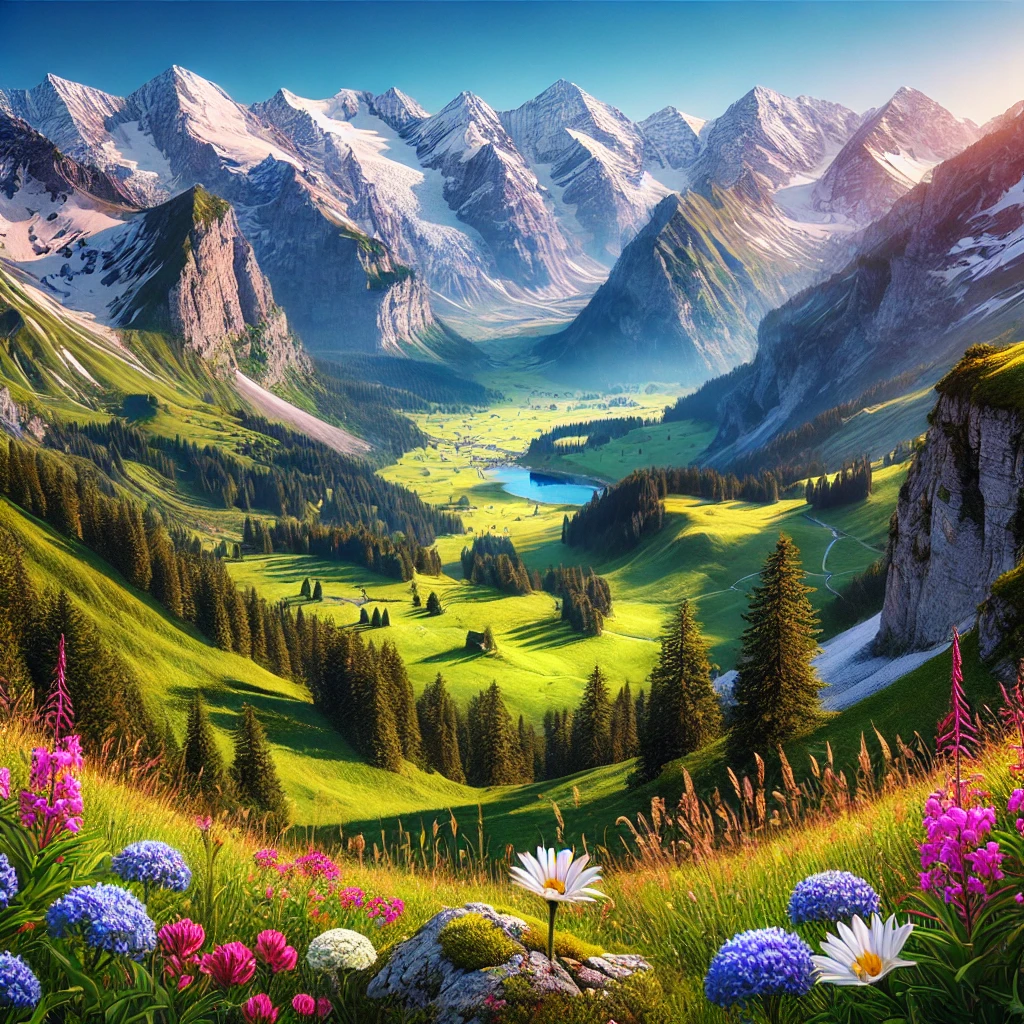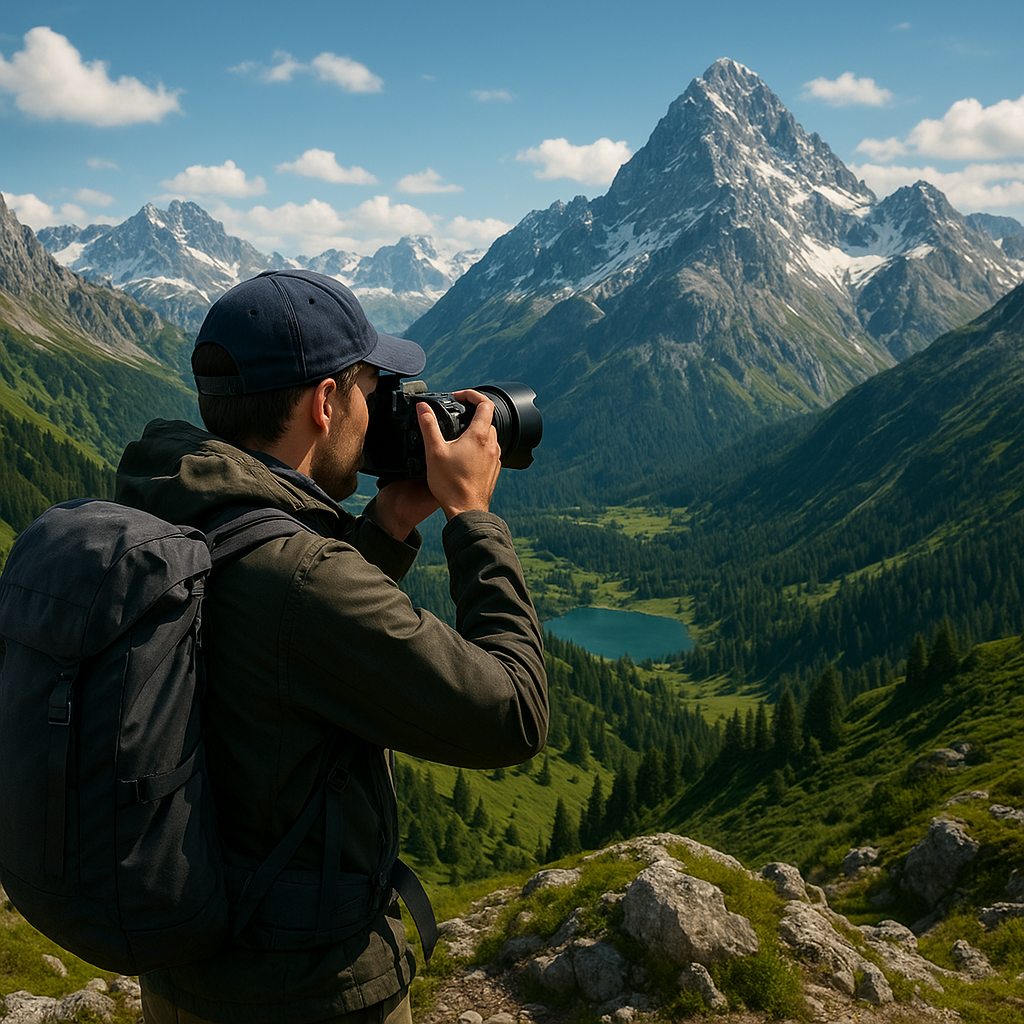
Skincare in alpine environments presents a unique set of challenges that require specialized knowledge and products. The high altitudes, extreme weather conditions, and increased exposure to UV radiation can significantly impact the skin, making it essential to adopt a tailored skincare routine. This article delves into the specific issues faced by those living in or visiting alpine regions and offers practical solutions to maintain healthy, radiant skin.
Understanding the Alpine Environment
The alpine environment is characterized by its high altitudes, which typically range from 1,500 to 3,500 meters above sea level. These regions are known for their stunning landscapes, but they also come with harsh weather conditions that can be detrimental to the skin. The air is thinner, colder, and drier, and the sun’s rays are more intense due to the reduced atmospheric protection. These factors combine to create a challenging environment for maintaining skin health.
High Altitudes and Their Impact on Skin
At higher altitudes, the air pressure decreases, leading to lower oxygen levels. This can cause the skin to become dehydrated and more prone to dryness and irritation. The reduced humidity in alpine regions further exacerbates this issue, stripping the skin of its natural moisture barrier. As a result, individuals may experience flakiness, redness, and an overall lack of suppleness in their skin.
Increased UV Radiation
One of the most significant challenges of skincare in alpine environments is the increased exposure to ultraviolet (UV) radiation. For every 1,000 meters of elevation, UV levels increase by approximately 10-12%. This heightened exposure can lead to a higher risk of sunburn, premature aging, and even skin cancer. The reflective surfaces of snow and ice can amplify UV radiation, making it crucial to use adequate sun protection.
Essential Skincare Tips for Alpine Environments
To combat the unique challenges posed by alpine environments, it is essential to adopt a comprehensive skincare routine that addresses hydration, protection, and nourishment. Here are some practical tips to help maintain healthy skin in high-altitude regions.
Hydration is Key
Given the dry and cold conditions, keeping the skin well-hydrated is paramount. Use a rich, emollient moisturizer that can lock in moisture and create a protective barrier against the elements. Look for products containing hyaluronic acid, glycerin, and ceramides, which are known for their hydrating properties. Additionally, consider using a hydrating serum or facial oil to provide an extra layer of moisture.
Sun Protection
Due to the increased UV radiation, wearing a broad-spectrum sunscreen with an SPF of at least 30 is non-negotiable. Apply it generously to all exposed skin, including the face, neck, and hands, and reapply every two hours, especially if you are sweating or spending extended periods outdoors. Don’t forget to protect your lips with a lip balm containing SPF.
Layering Skincare Products
Layering skincare products can help maximize their effectiveness. Start with a hydrating serum, followed by a moisturizer, and finish with sunscreen. This layering technique ensures that each product can penetrate the skin effectively and provide the necessary protection and hydration.
Protective Clothing
In addition to skincare products, wearing protective clothing can help shield your skin from the harsh alpine conditions. Opt for clothing made from moisture-wicking and UV-protective fabrics. Accessories like hats, scarves, and gloves can provide additional protection for your face, neck, and hands.
Specialized Skincare Products for Alpine Conditions
To address the specific needs of skin in alpine environments, several skincare brands have developed products tailored to these conditions. These products often contain ingredients that provide intense hydration, protection, and repair.
Moisturizers and Serums
Look for moisturizers and serums that are specifically formulated for dry and sensitive skin. Ingredients like shea butter, squalane, and niacinamide can help soothe and repair the skin barrier. Products with antioxidants, such as vitamin C and E, can also provide additional protection against environmental stressors.
Sunscreens
Choose sunscreens that offer broad-spectrum protection and are water-resistant. Mineral-based sunscreens containing zinc oxide or titanium dioxide are excellent options as they provide physical protection against UV rays and are less likely to cause irritation.
Hydrating Masks
Incorporating hydrating masks into your skincare routine can provide an extra boost of moisture. Look for masks containing ingredients like aloe vera, honey, and hyaluronic acid. These masks can be used once or twice a week to replenish and revitalize the skin.
Conclusion
Skincare in alpine environments requires a thoughtful and tailored approach to address the unique challenges posed by high altitudes, extreme weather, and increased UV exposure. By understanding the specific needs of your skin and incorporating the right products and practices, you can maintain healthy, radiant skin even in the harshest conditions. Remember to prioritize hydration, sun protection, and the use of specialized skincare products to keep your skin looking and feeling its best.

